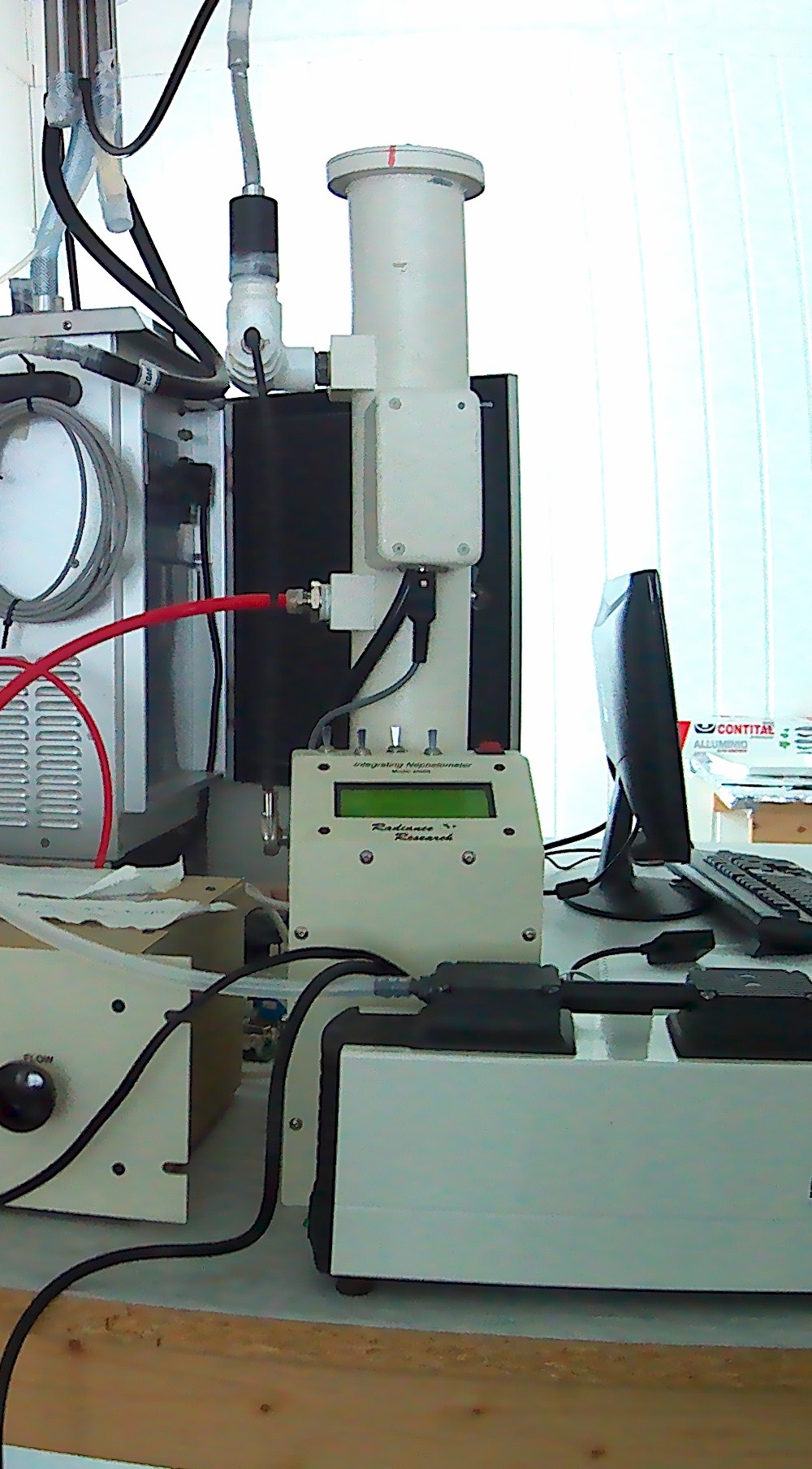AEROSOLS
Type of resources
Available actions
IADC Research Activities
Topics
Keywords
Contact for the resource
Provided by
Years
Formats
Representation types
Update frequencies
status
Scale
-
Sampling of PM10 aerosol using a cascade impactor to define the chemical composition in six different size stages. The quartz filters were extracted with ultrapure water and water soluble species were determined: major ions, MSA, carboxylic acids, amino acids, sugars, phenolic compounds, and other organic water-soluble emergening pollutants.
-

Ice Nuclei Particle Concentration (INPAIR) INPAIR Svalbard' Chemistry and Physics of the Atmosphere: Ice nucleating particle (INPs) concentration obtained in spring and summer campaigns in the Arctic Region. Measurements of INPs concentrations and activation fraction of aerosol in Arctic (e.g. Gruvebadet observatory in Ny-Ãlesund). b) Correlating INPs concentration with meteorological parameters and physicochemical characterisations. Instrument: PM1 and PM10 sampling lines. DFPC chamber
-
Mixing state and organic volume fractions of sub micron aerosol particles collected at the Zeppelin observatory
-

Monitoring of Aerosol: Short and Long range source areas related to Climate Change (MAShLoCC) During the Arctic campaign 2010, an atmospheric aerosol sampling at the Gruvebadet observatory has been carried out in order to obtain information about the formation and composition of atmospheric aerosol, transport processes toward the Arctic zone as well as local and remote source areas. Instrument : ICP-SFMS, IRMS, Orbitrap
-
Aerosol size distribution (10-500 nm) measured by a APS 3321
-

Sulphate contributions to PM10 aerosol sampled at Gruvebadet Observatory (Ny-Ålesund)
-
Aerosol size distribution (>500 nm) measured by a SMPS 3321 (TSI).
-

Aerosol scattering coefficient at 1 wavelength (530 nm) measured using a nephelometer M903 manufactured by Radiance Research and absorption coefficient at 7 wavelengths (370, 470, 520, 590, 660, 880, 950 nm) measured using an AETHALOMETER AE33 from Aerosol Magee Scientific.
-

Aerosol scattering at 1 wavelength (530 nm) measured using a nephelometer M903, manufactured by Radiance Research.
-

Aerosol sampling by a High-Volume Sampler (TECORA eco-highvol equipped with digital PM1 sampling inlet, nominal flow 500 lpm) for the collection of ambient aerosol particles with aerodynamic diameter < 1 μm (PM1) on pre-washed and pre-baked quartz-fiber filters (PALL, Ø= 18cm). Sampling time: 3-4 days per sample. A multi-technique analytical approach for the characterization of the sampled organic aerosol: Organic matter (OM) and Organic Nitrogen (ON). Analytical techniques employed are based on nuclear magnetic resonance spectroscopy (NMR) and Aerosol Mass Spectrometry (HR-TOF-AMS applied off-line) for the OM characterization, C and N elemental analysis (CN-EA) and ion chromatography (IC) for inorganic ions and alkyl-amines. -NMR functional groups (Aromatics, anomeric/vynilic, H-C-O, H-C-C=, H.C) -NMR tracers: Levoglucosan, Methane-sulphonic acid (MSA), Hydroxymethane-sulphonic acid (HMSA), Amines (mono-, di- and tri-methyl amines, etc.) -HR-TOF-AMS (off-line): main species (Org, SO4, NO3, NH4, Chl), elemental ratios (OM:OC, O:C, H:C) & tracer fragments (m/z43, 44, 60 etc.) -NMR & AMS OA source apportionment